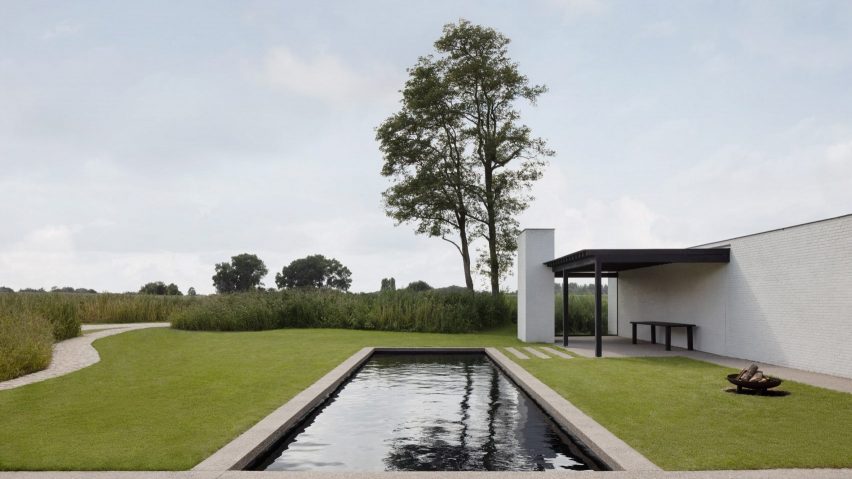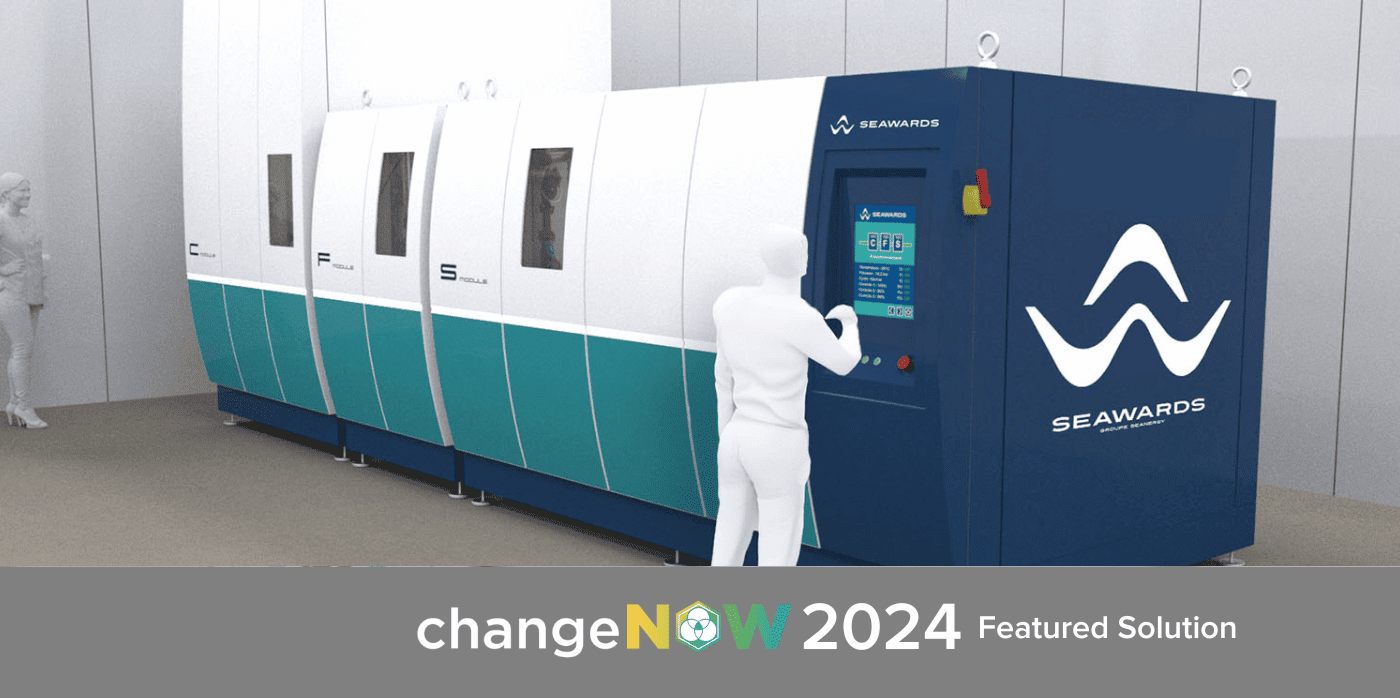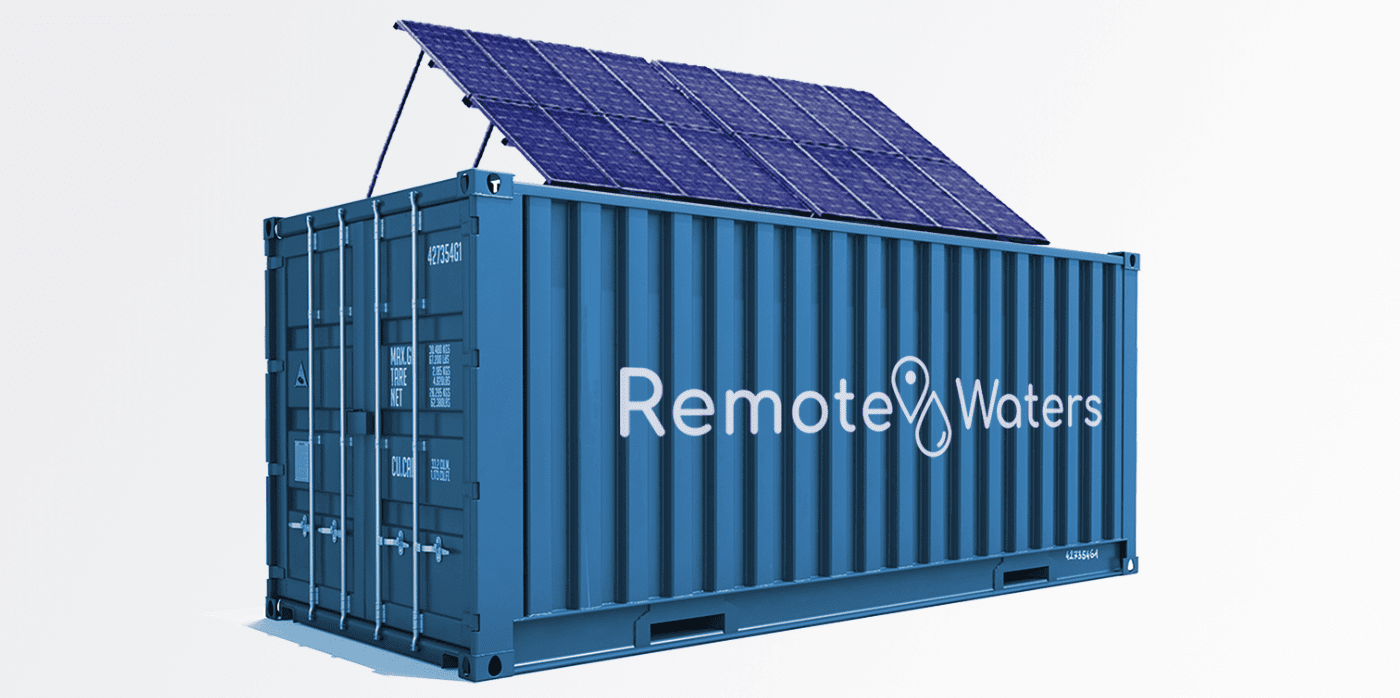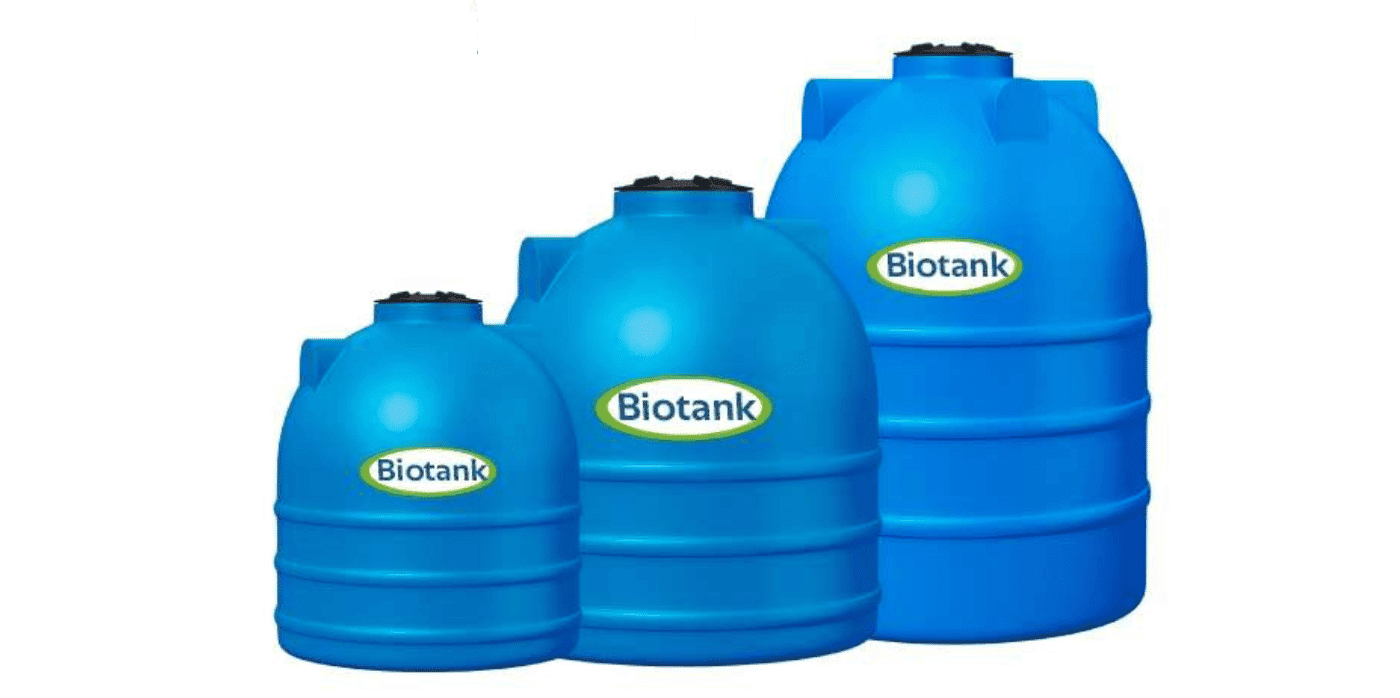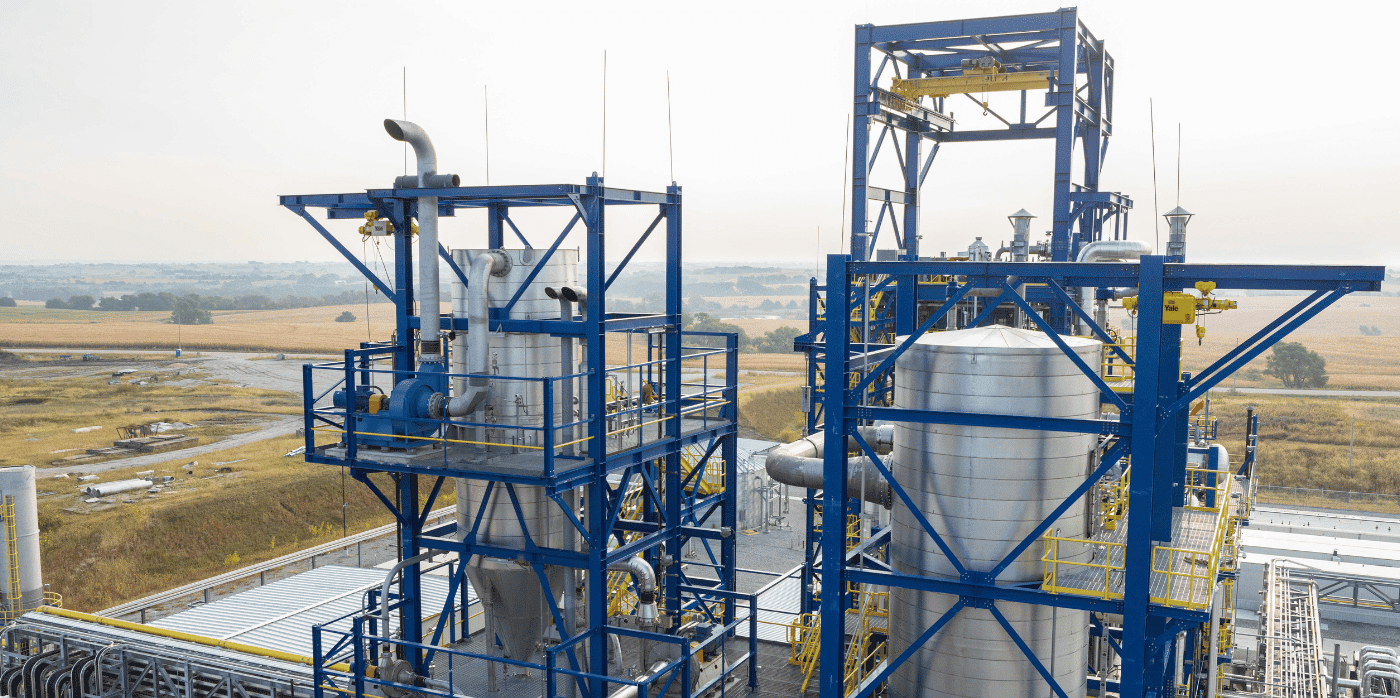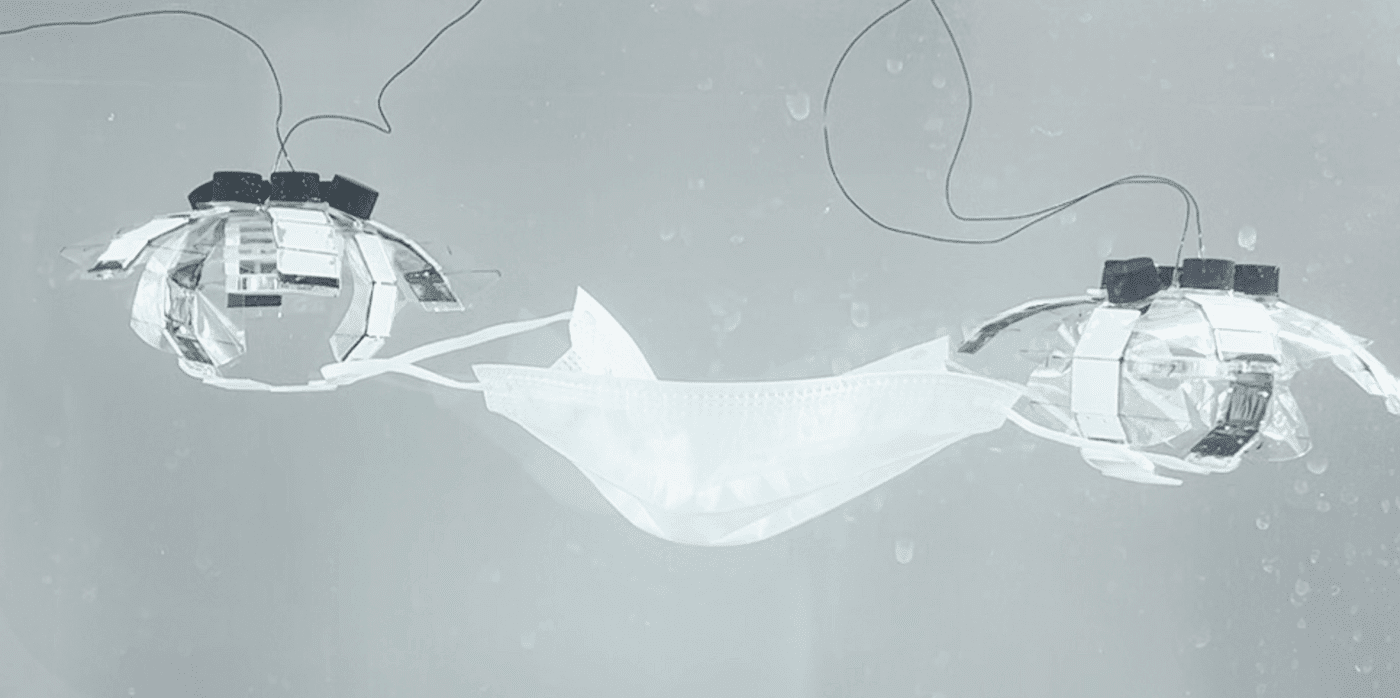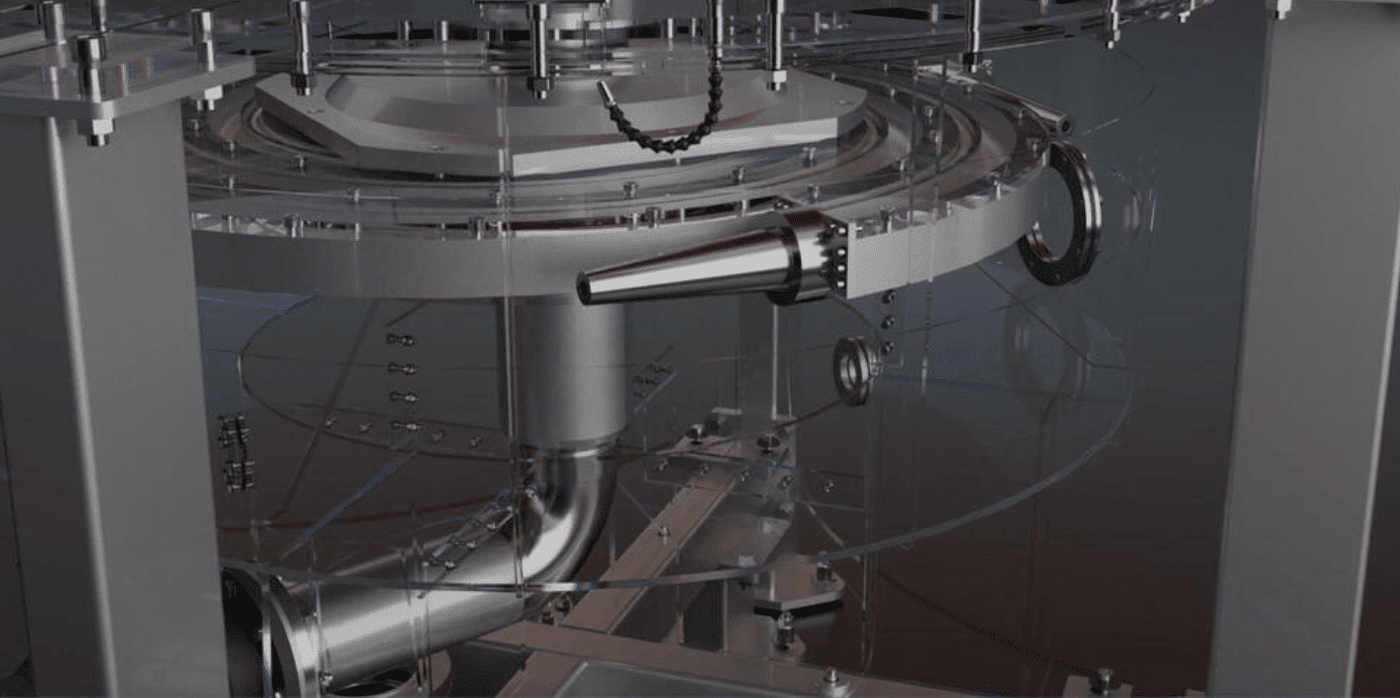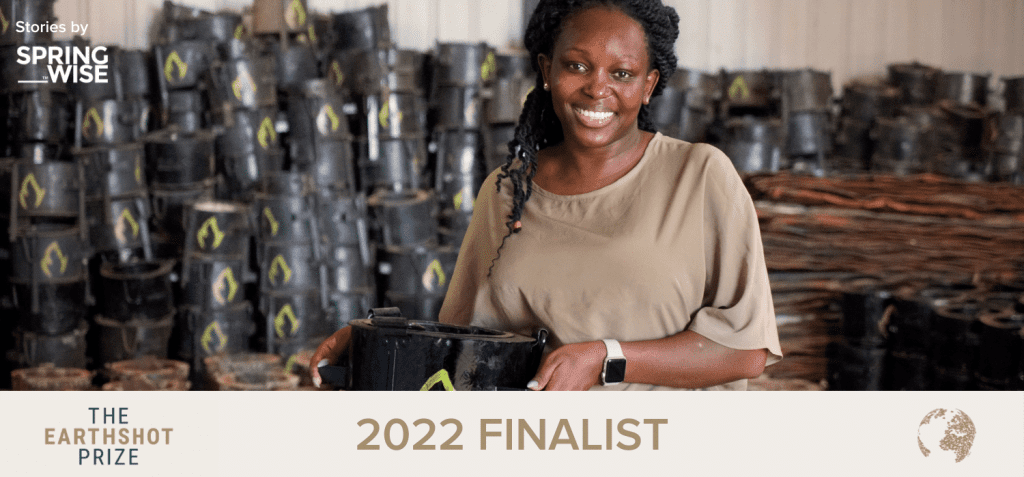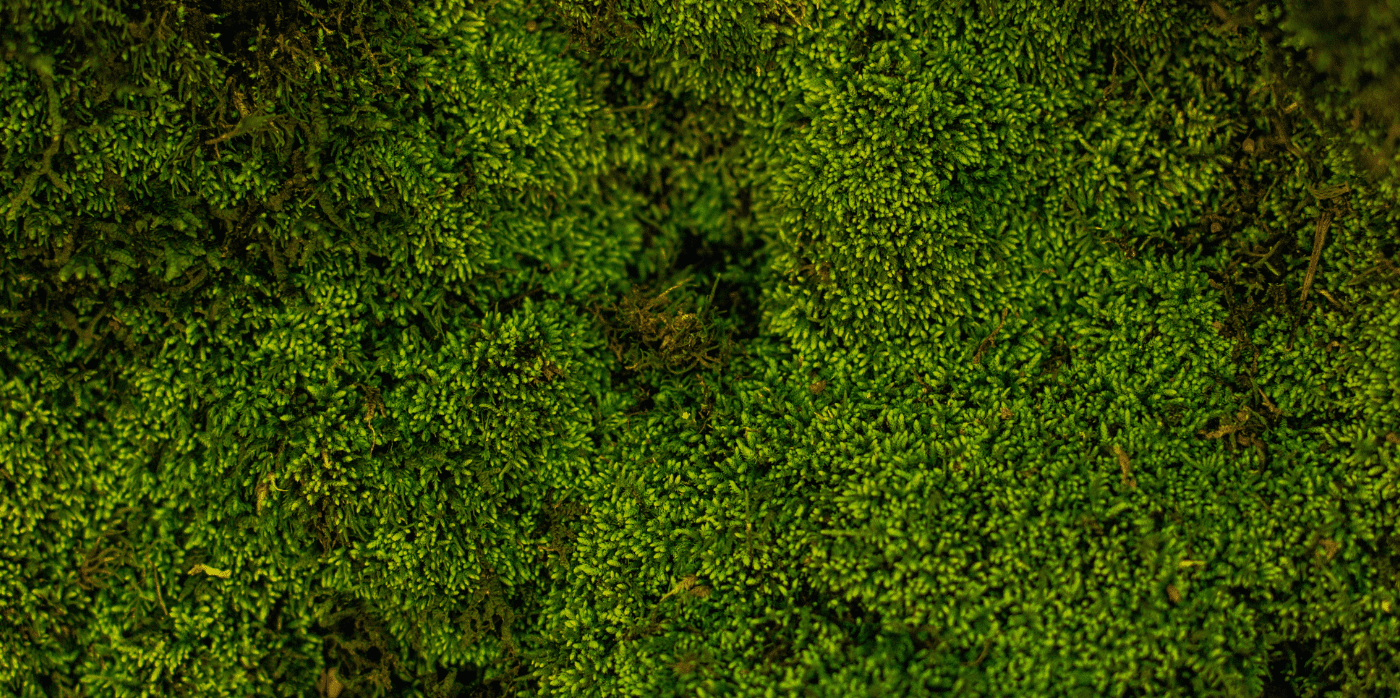Dezeen Debate features rural Belgian home that achieves “such a clean result”
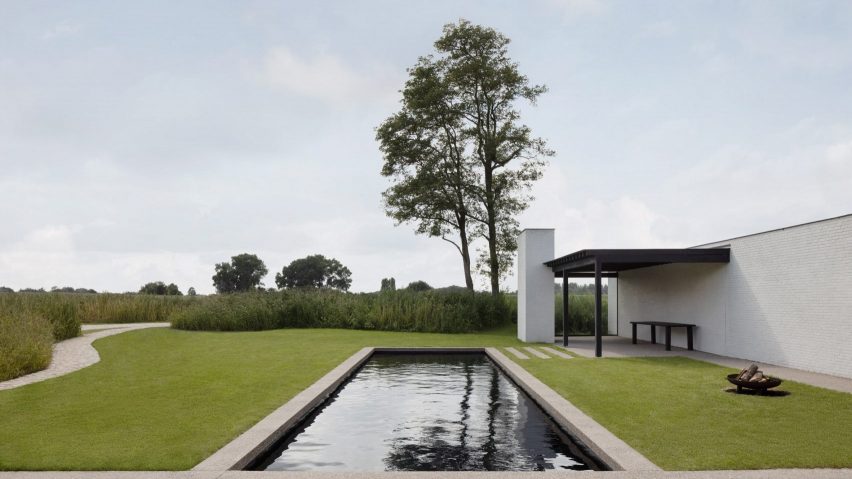
The latest edition of our Dezeen Debate newsletter features House in the Fields, a rural home in the Belgian countryside. Subscribe to Dezeen Debate now.
Geneva-based architect Stef Claes looked to mid-century and local architecture to create the low-lying home in Belgium. The residence, named House in the Fields, features white-painted walls and black accents.
Readers discussed the project, with one commending the architects for achieving “such a clean result” and another agreeing, claiming that they “could quite happily live there”.
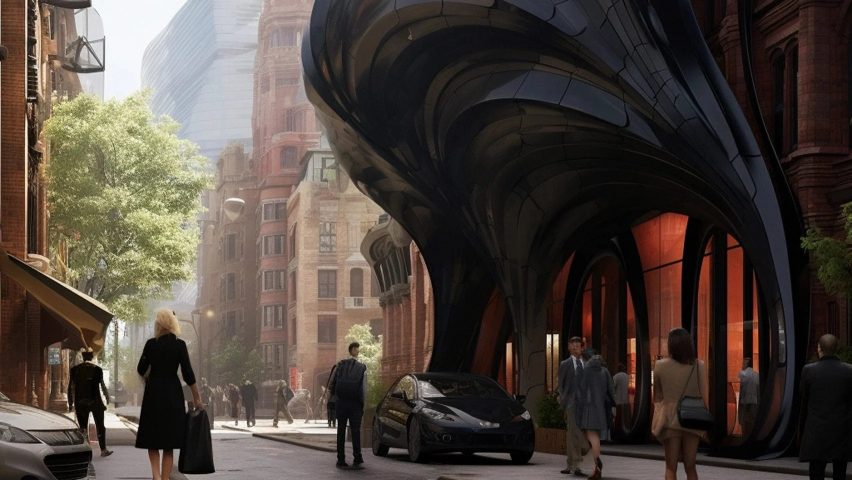

Other stories in this week’s newsletter that fired up the comments section included the findings of a report by the Royal Insitute of British Architects which found that close to half of UK architects are now using AI for their projects, the announcement that Foster + Partners is designing a two-kilometre-high skyscraper in Saudi Arabia and an opinion piece by Catherine Slessor about architects working into their older years.
Dezeen Debate
Dezeen Debate is sent every Thursday and features a selection of the best reader comments and most talked-about stories. Read the latest edition of Dezeen Debate or subscribe here.
You can also subscribe to our other newsletters; Dezeen Agenda is sent every Tuesday containing a selection of the most important news highlights from the week, Dezeen Daily is our daily bulletin that contains every story published in the preceding 24 hours and Dezeen In Depth is sent on the last Friday of every month and delves deeper into the major stories shaping architecture and design.

